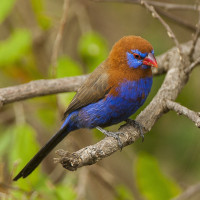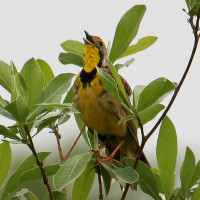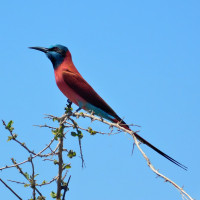Opis
Stretching inland from the sea into Arabuko Sokoke Forest, Mida Creek, a broadwater tidal creek surrounded by extensive mangroves and lined with palms. This 32km2 creek has wide, healthy beds of seagrass and coral, home to many species of fish and feeding sea turtles, while in the mangroves smaller streams and inlets provide a refuge for crabs and birdlife. Mida is a stopover point for many migratory birds and an essential protected area for their survival. This makes it one of the most important and beautiful natural attractions on the Kenyan coast.
Lots of waders in the estuary but don't neglect the mangroves. Highlights include: Yellow-billed Stork Purple-banded Sunbird Yellow-fronted Canary Pale Flycatcher (East Coast) Black-headed Heron African Pipit (African) Lizard Buzzard Sombre Greenbul Crab-Plover Whimbrel Sacred Ibis Grey Plover Gull-billed Tern African Spoonbill Western Reef Egret Lilac-breasted Roller Purple Grenadier Parrot-billed Sparrow
Szczegóły
Dostęp
We travelled by tuk-tuk from Watamu. Very cheap though quite bumpy! You can explore the creek by boat or walk the rickety boardwalk of about 600 meter long (see the map).



